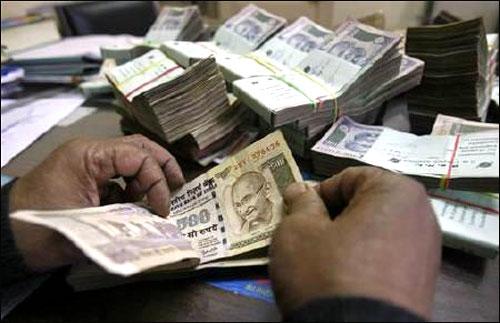
Approval to the long-awaited Banking Laws Amendment Bill by Parliament towards the end of 2012 has paved the way for enhanced banking space and may see entry of new players and mergers and acquisitions in the sector in the coming year.
The development injected new life into the sector which has been struggling to cope with rising bad debts and pressure on the bottom line in the wake of global slowdown that also affected the performance of the Indian corporate sector.
During 2012, most of the banks continued their fight to contain their non-performing assets (NPAs). NPAs or bad loans of the public sector banks stood at Rs 1.43 lakh crore as of September, 2012, up from Rs 1.12 lakh crore as of March 31, 2012.
In the first two quarters of the current fiscal 2012-13, the banks referred a record number of 74 Corporate Debt Restructuring (CDR) cases, involving a total debt amount of Rs 40,000 crore, for restructuring.
...
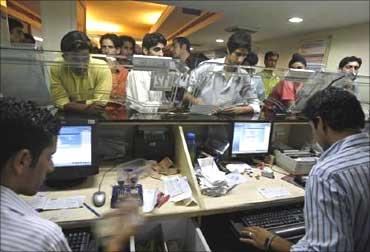
Over the last two decades, the RBI gave licences to 12 banks in the private sector in two phases -- 10 in 1993 and 2 later. There are 26 public sector banks and 22 private sector banks in the country.
The increase in gross NPAs has been as high as 60 per cent for lenders like Punjab National Bank, Allahabad Bank and Laskhmi Vilas Bank, while the surge has been even higher for South Indian Bank (86 per cent) in the first half of current fiscal.
This is as per an analysis of financial results announced by the listed banks for the first two quarters of the current year.
A few others like Bank of India, Indian Overseas Bank and Corporation Bank have also seen their bad loans grow by over 50 per cent in this period.
Collectively, these 35 banks have seen their gross NPAs grow by over 28 per cent or over Rs 32,000 crore in the first half of current fiscal, taking their total bad loans to Rs 1.47 lakh crore as on September 30, 2012, according to the analysis.
...
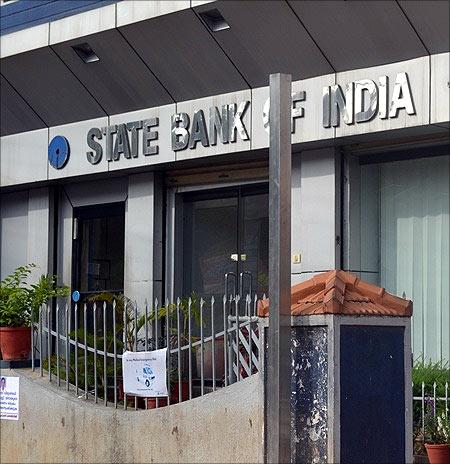
Over the last two decades, the RBI gave licences to 12 banks in the private sector in two phases -- 10 in 1993 and 2 later. There are 26 public sector banks and 22 private sector banks in the country.
The increase in gross NPAs has been as high as 60 per cent for lenders like PNB, Allahabad Bank and Laskhmi Vilas Bank, while the surge has been even higher for South Indian Bank (86 per cent) in the first half of current fiscal.
This is as per an analysis of financial results announced by the listed banks for the first two quarters of the current year.
A few others like Bank of India, Indian Overseas Bank and Corporation Bank have also seen their bad loans grow by over 50 per cent in this period.
Collectively, these 35 banks have seen their gross NPAs grow by over 28 per cent or over Rs 32,000 crore in the first half of current fiscal, taking their total bad loans to Rs 1.47 lakh crore as on September 30, 2012, according to the analysis.
...
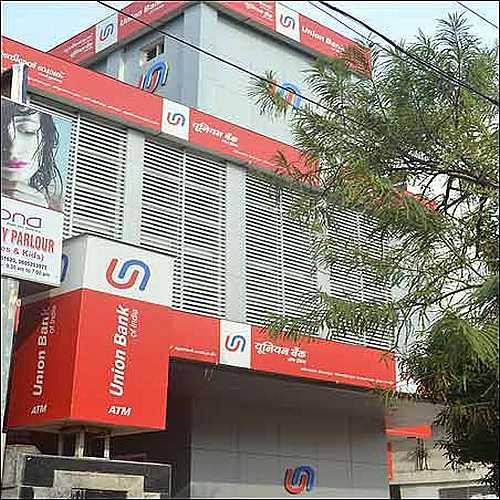
In order to enhance capital base of the state-owned banks, the government pumped in Rs 12,000 crore in various banks.
Of the total, the country's largest bank SBI got the maximum share of Rs 7,900 crore to increase its Tier-I capital.
Other public sector banks including Punjab National Bank and Union Bank of India also got capital infusion from the government.
During 2013, the government intends to inject Rs 15,000 crore in the public sector banks to enhance their business.
The government also proposed a holding company for the PSU banks to help them in recapitalising to meet their growth needs and global prudential norms.
...
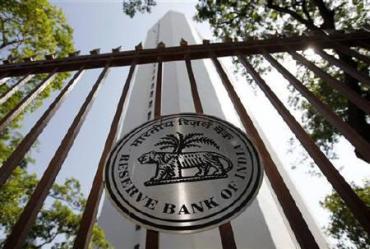
Taking a cue from both the Reserve Bank and the government, banks during the year reduced lending rate, especially home and auto loan, to give fillip to these sectors.
Interest rate during the year came down by up to one per cent, giving relief to the borrower.
Similarly, interest rate on deposits also moderated, which meant lower income for savers.
Going forward, interest rates are likely to see a downward trend which could stimulate economic growth and perk up demand for consumer durables.